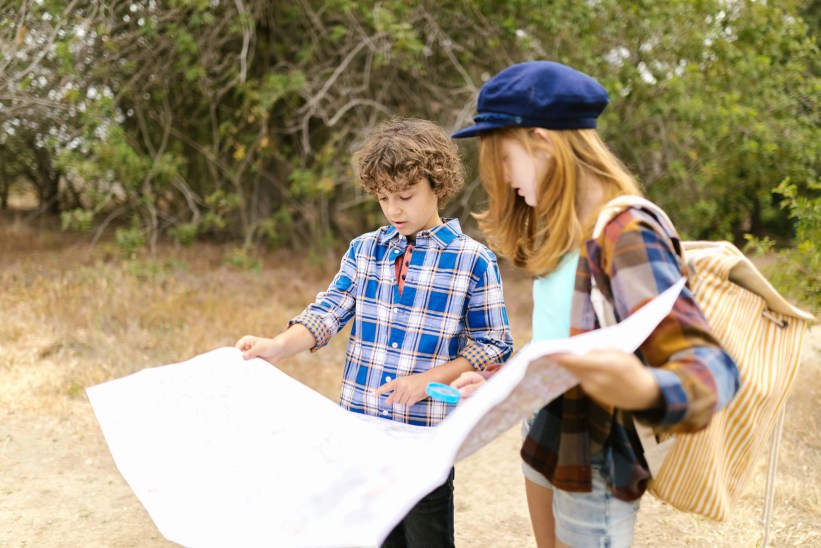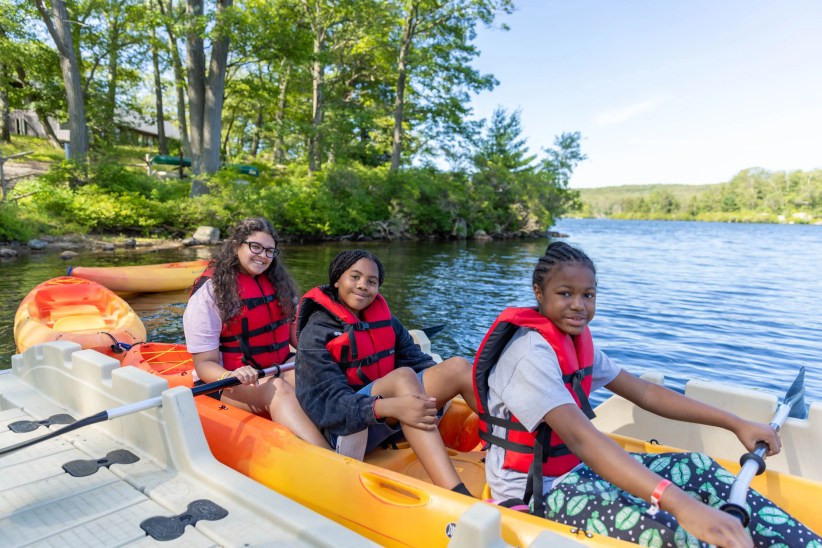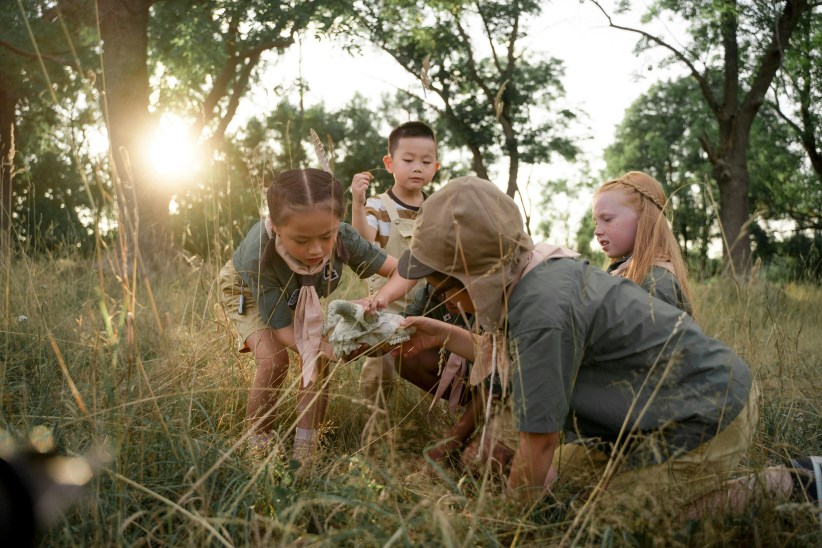For 150 years, families have been excited about the myriad of options and benefits of attending summer camp. While many camp traditions and activities have remained the same, in recent years, camps have been adding new programs and making improvements to fit the needs and interests of today’s children. Here are five notable trends.
More Healthy Food Options: As healthy and nutritious eating have become important to parents, day and resident camps have worked to revamp camp menus to incorporate healthier food items. “During meals, we surround campers with healthy food choices, and while we still serve camp favorites such as fries and chicken nuggets, they are always served with healthy sides such as vegetables or salad,” saysAdam K. Baker, director of Camps Equinunk & Blue Ridge, Brother-Sister camps in Wayne County, PA. For breakfast, many camps offer choices like cereals, yogurt and fruit. During lunch and dinner, salad bars with fresh vegetables, grilled chicken, tuna, eggs and many other nutritious options are offered. “When children are sitting down to three meals a day, they are surrounded by both healthy food options and counselors who are showing healthy eating by example,” adds Baker. A lot of camps also have fresh fruit available for snacks throughout the day.Parents can visit a camp’s website or call the camp director for further information about the camp’s menus.
Community Service Projects: According to an American Camp Association survey, 56% of summer camps are organizing community service projects that promote empathy for the less fortunate and show children that they can make a difference in the lives of others. Campers participate in swim-a-thons to raise money for charities, volunteer to help senior citizens, donate their time to paint and refurbish buildings within a camp’s town, and volunteer at local soup kitchens, just to name a few common volunteer experiences. Timber Lake West, a co-ed resident camp in New York’s Catskill Mountains, is one of 40 New York camps that hold annual fundraisers to raise money for Morry’s Camp, a resident camp for low-income children. “This past summer, Timber Lake West had the first ever car wash to benefit Morry’s Camp, and it was a greater success than the kids ever imagined,” says Jennifer DeSpagna, the camp’s owner and director. “You could see how excited the kids were; not only by the success of their event, but also by getting to pay forward their enriching camp experience.” The true benefit of getting kids involved in community service at camp is that often they want to find a special volunteer opportunity when they return home. It becomes part of who they are.
Camps Are “Going Green”:Camps have been teaching about the importance of respecting nature and the environment for generations. But as green initiatives and reducing one’s carbon footprint have become increasingly important, camps have been implementing more and more programs to demonstrate the value of being environmentally responsible, teaching campers about recycling, conservation and sustainable living. Some camps have even eliminated the use of paper plates and plastic utensils. Camps like Camp Sloane YMCA, a co-ed resident camp in Lakeville, CT, offer gardens where campers help grow vegetables. “In keeping with the current ‘farm to table’ restaurant trend, the produce grown in the garden is used by the campers in our culinary arts program,” explains Paul Bryant, the camp’s executive director and CEO.
Rookie Daysand Rookie Weekends: Many resident camps invite children to camp for a day, overnight, weekend or multiple days during the summer to engage in camp activities while parents tour the camp. The goal is to allow campers and parents to get a sense of the camp program prior to deciding to register. Mark Newfield, owner and director of Iroquois Springs, a co-ed resident camp in the Catskills, says, “It has been a great way for us to get future campers to feel comfortable about the idea of going to overnight camp, separating from their parents, and experiencing a lot of what camp has to offer in a short period of time. In fact, most campers who come for our ‘Explorer Camp’ choose to enroll in camp the following summer, and have a much easier adjustment to camp when they arrive.”
Cutting Edge Fun: Day and resident camps have always had their finger on the pulse of new activities in which children are interested. In a recent American Camp Association survey, 75% of the directors reported adding new activities and programs over the last few years. Some exciting activities that have become popular at camps include skateboard parks, go-karts, golf facilities, circus programs and aquatic facilities. Jeff Grabow, owner and director of Camp Echo, a co-ed resident camp in the Catskills, says that the camp is constantly upgrading its state-of-the-art facilities. ” In athletics, we recently built a 60% replica of Yankee Stadium. Our adventure area is ever expanding with intricate team-building elements as well as a high-speed zip line that runs across our lake. In aquatics, we recently added a 125-foot water slide and a Tarzan swing to our lake,” he reports, adding that, in response to the popularity of cooking and artistic activities, they’ve also added outdoor adventure cooking with a wood burning brick oven. Still, at most camps, including Echo, you find a balance between adding new initiatives without letting go of the traditional camp activities that children have come to expect when they sign up for summer camp. “Our goal is to provide exposure to many different activities for children with a wide range of interests, while still delivering the core programming which has been a part of camping from the beginning,” says Grabow.






















